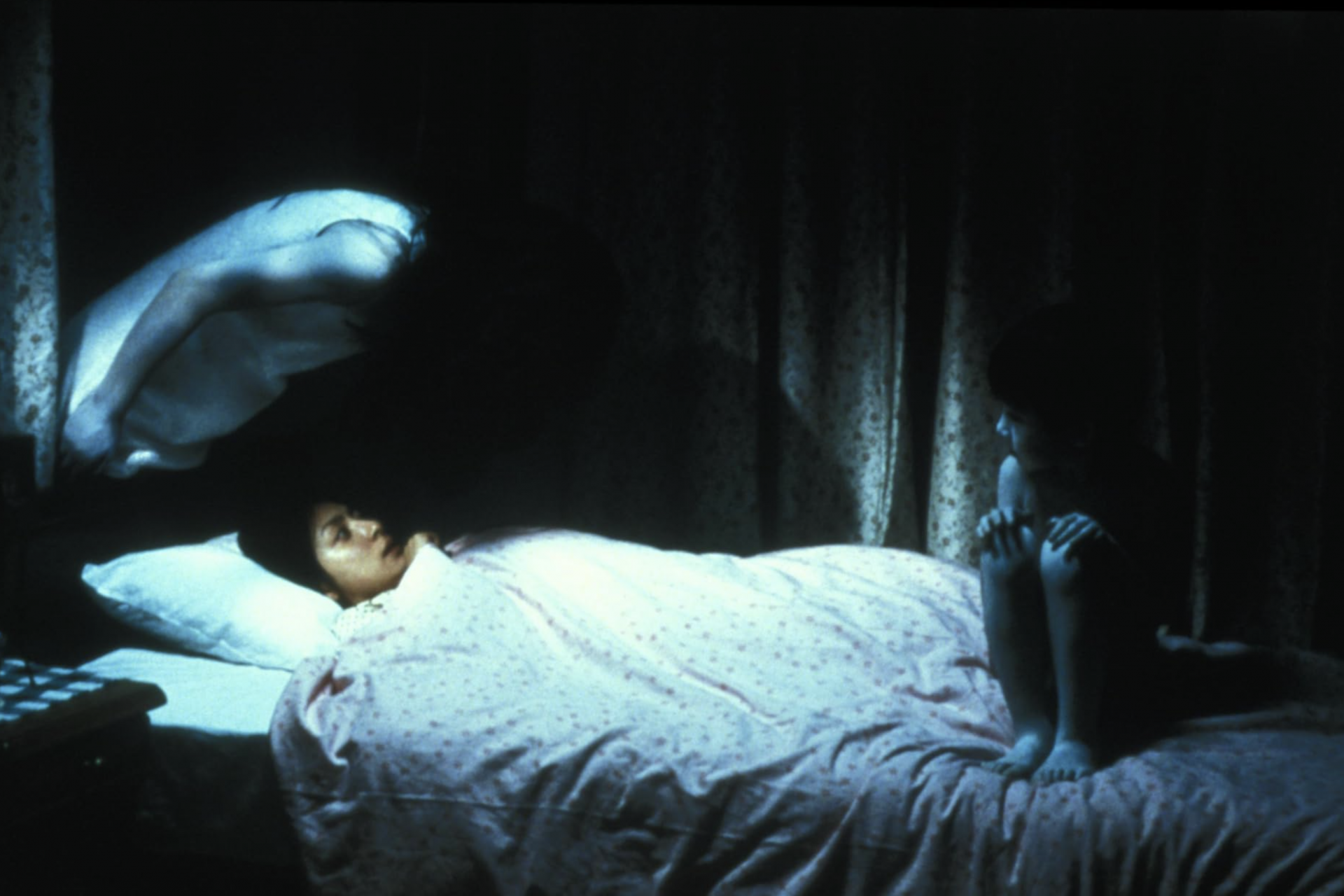Simone de Beauvoir and Jean-Paul Sartre: a legendary couple in rare photos
Many of us have read some of their work in college. Jean-Paul Sartre and Simone de Beauvoir, French philosophers, formed an atypical couple for almost fifty years. They lived a free love, far from social codes, but in accordance with the values, they defended. Discover the story of a unique and famous relationship in unique photos.
Simone de Beauvoir was born on January 9, 1908, in an apartment at 103, boulevard de Montparnasse. At the age of five, she was educated at the Cours Désir, a private Catholic establishment reserved for young girls of the Parisian gentry.
Raised in a very pious family, Simone de Beauvoir lost her faith in adolescence and gradually emancipated herself, to the great displeasure of her parents. After studying literature and mathematics, she began to study philosophy, and finally obtained a degree in literature with a major in philosophy in 1928, after obtaining certificates in ethics and psychology.
Jean-Paul Sartre was born on June 21, 1905, in the 16th arrondissement of Paris. His mother belonged to a family of Alsatian intellectuals. His father, a naval officer, died of yellow fever when Jean-Paul Sartre was only a few months old. He lived the first ten years of his life with his mother in the house of his maternal grandparents, where he very quickly discovered literature.
Jean-Paul Sartre was educated in the great Parisian high schools, at the Lycée Montaigne and the Lycée Henri-IV. He then entered the Lycée Louis-le-Grand to prepare for the entrance exam to the École Normale Supérieure (ENS), which he passed. In 1928, he failed the competitive examination for the aggregation of philosophy. He then tried his luck the following year...
Simone de Beauvoir and Jean-Paul Sartre met on the benches of the Sorbonne in 1929. Both were then preparing for the philosophy aggregation and found themselves in the same working group with René Maheu, their friend in common. Sartre graduated first in the class of 1929, and de Beauvoir second.
"Beaver" was the nickname given to Simone de Beauvoir by her friend René Maheu (on the left in the photo), in reference to "beaver" which resembles her surname and means "beaver" in English. Jean-Paul Sartre would take up this nickname and call her that throughout her life.
At the beginning of their relationship, Jean-Paul Sartre and Simone de Beauvoir began their careers as philosophy teachers. In 1931, Sartre was transferred to Le Havre and Beauvoir to Marseille. But the separation was unthinkable for them.
To obtain a position in the same high school, Jean-Paul Sartre asks Simone de Beauvoir to marry him. But, already a great feminist, the latter rejects his proposal. She recounts it in her autobiography "La Force de l'âge" (1960): "I must say that not for a moment was I tempted to follow up on his suggestion. (...) The concern to preserve my own independence did not weigh heavily; it would have seemed artificial to me to seek in my absence a freedom that I could sincerely find only in my head and my heart."
They then sign a two-year, renewable pact, which allows them to have "contingent" loves while living their so-called "necessary" love in the name of writing and ideas.
Freedom being a fundamental principle for them, the two writers will multiply their adventures, without ever concealing them from each other. They will live thus, both free and united, for fifty years, until the death of Jean-Paul Sartre in 1980.
During the Second World War, Jean-Paul Sartre and Simone de Beauvoir used to meet at the Café de Flore, in the 6ᵉ arrondissement of Paris. Sartre will write: "We settled down there completely: from nine in the morning to noon, we worked there, we went to lunch, at two o'clock, we returned there and then we chatted with friends whom we met until eight o'clock (...) It may sound weird to you, but we were at Flore at home."
In 1945, the two philosophers founded the magazine "Les Tempes Modernes". It is a political, literary, and philosophical review, close to the French Communist Party at its foundation, which notably committed itself against the Algerian war in 1955, and denounced the use of torture.
Amid her many adventures (some of them homosexual), Simone de Beauvoir had a passionate affair with Nelson Algren (pictured), an American communist writer.
During her first trip to the United States in 1947, Simone de Beauvoir met the writer. She will highlight her relationship with Nelson Algren through fictional characters in "Les Mandarins" (1954), a novel thanks to which she will receive the Goncourt Prize.
Simone de Beauvoir and Nelson Algren would send each other love letters until 1964. In a letter sent in 1948, she wrote: "I wouldn't be the Simone you like if I could give up my life with Sartre, I would be a filthy creature, a traitor, an egoist. (...) And even if I am sure that leaving you is harder for me than for you, that I miss you more than you miss me; I couldn't love you more, desire you more, I couldn't miss you more. Maybe you know that. But what you also need to know, however pretentious it may seem on my part, is how much Sartre needs me."
In this letter, we can also read: "It is impossible to feel more love than I feel for you, love of body, heart, and soul. But I would rather die than cause deep, irreparable harm to someone who has done everything for my happiness."
The couple has traveled all over the world, including the United States, China, Russia, and Cuba. During their travels, Sartre and de Beauvoir will meet several communist figures such as Mao Zedong, Fidel Castro, and Che Guevara (on the right in the photo).
Jean-Paul Sartre and Simone de Beauvoir shared their ideas, their struggles and inspired each other enormously. Their deep conversations have inspired many of their works. In 1967, Radio-Canada produced a report in which we find them in their daily life in Paris.
"Sartre cannot be conceived without de Beauvoir, nor de Beauvoir without Sartre", confided Jean-Paul Sartre to the microphone of RTL, shortly before his death, in 1980.
Suffering from uremia, Jean-Paul Sartre died at the age of 75. "His death separates us. Mine will not bring us together. This is how; it is already beautiful that our lives have been able to harmonize for so long", said Simone de Beauvoir. She died in April 1986, at the age of 78. Both are buried side by side in the Montparnasse cemetery. Never one without the other.
































